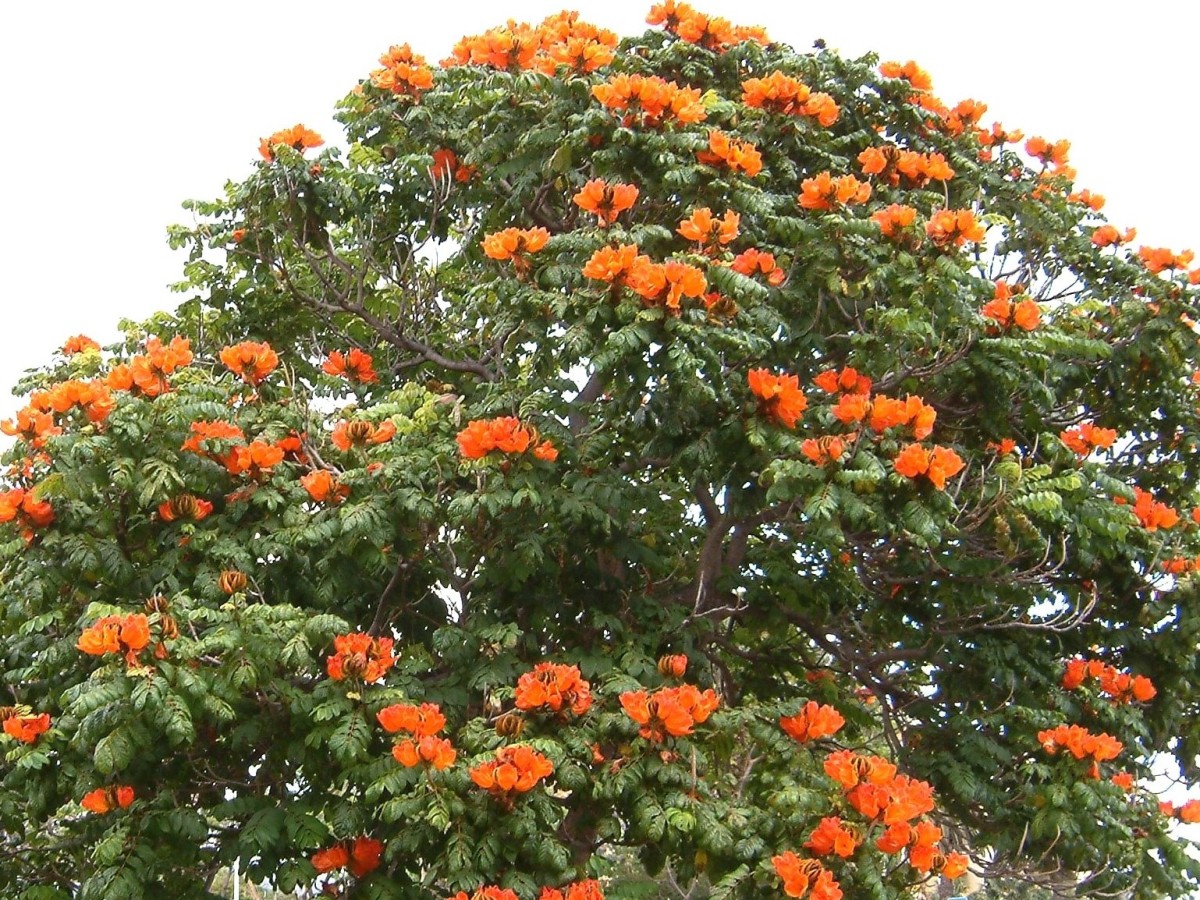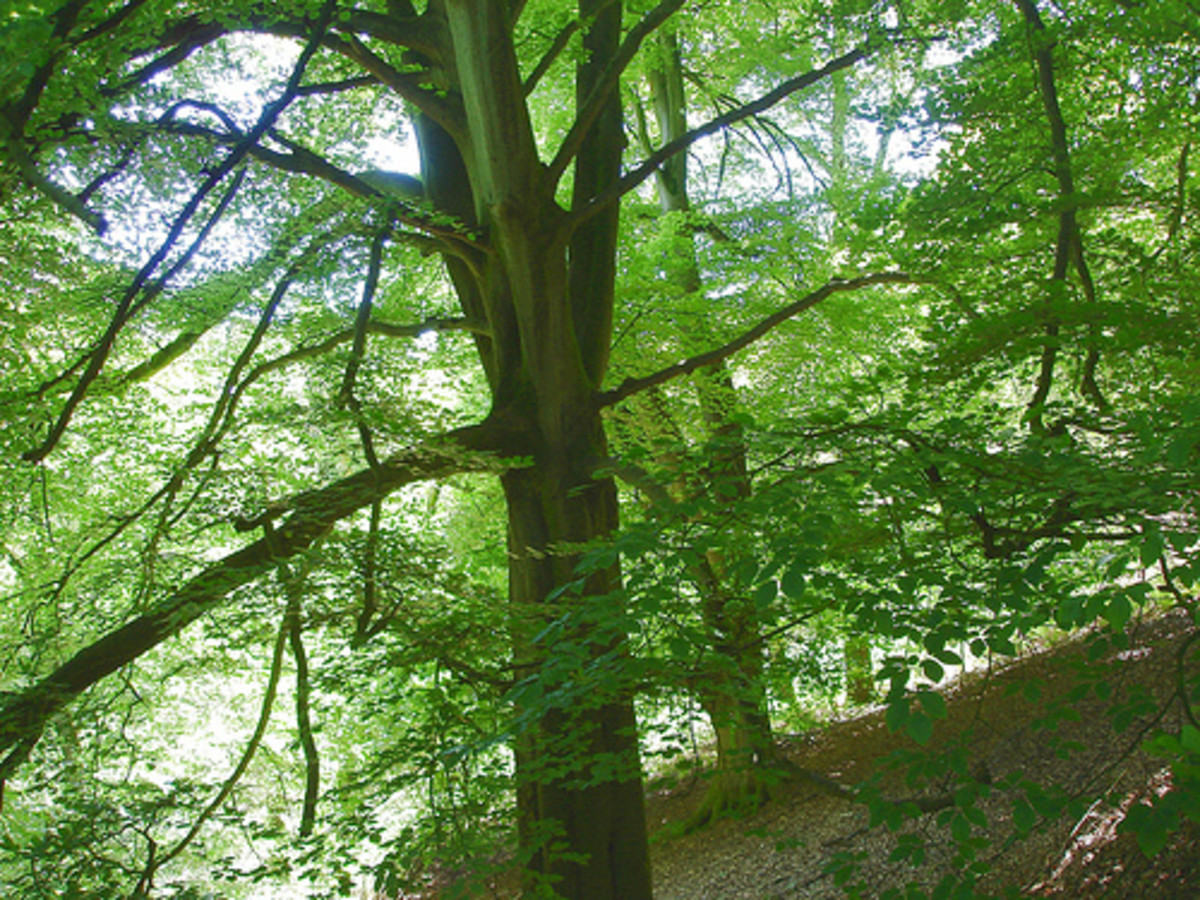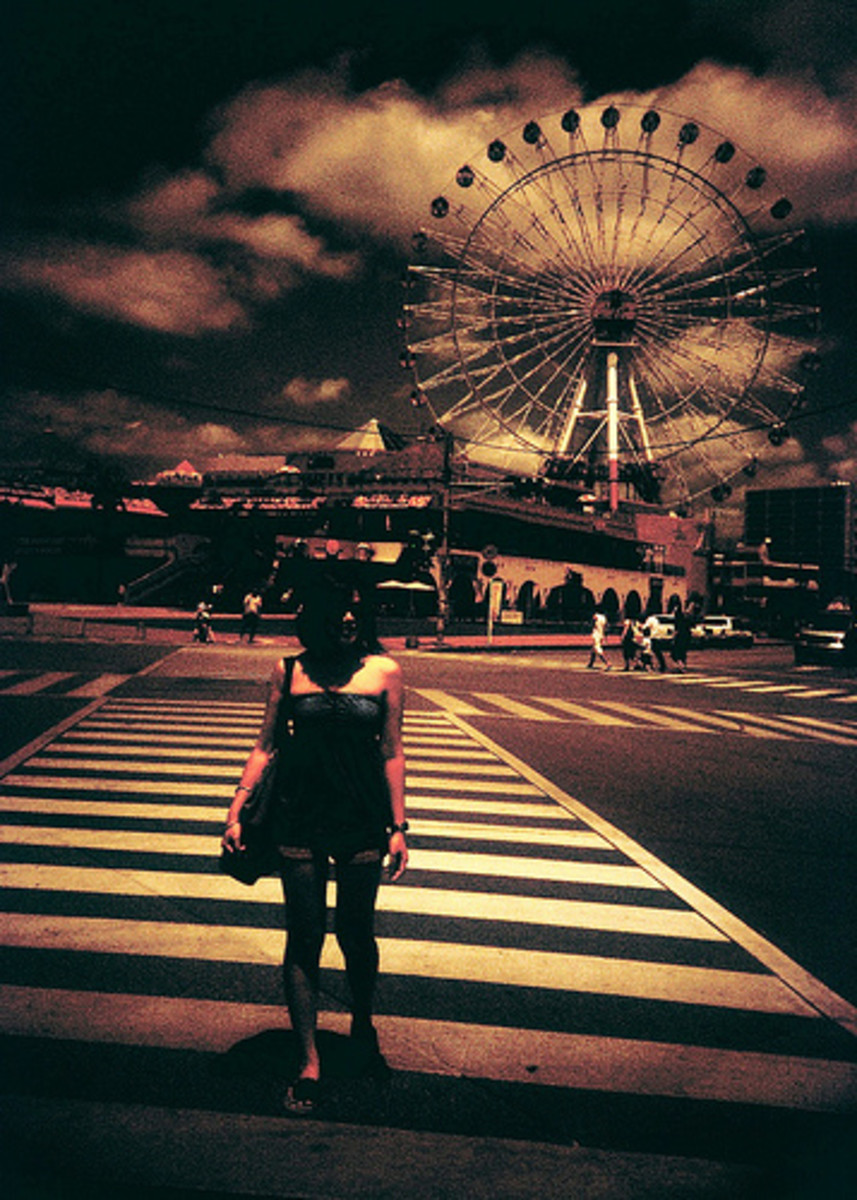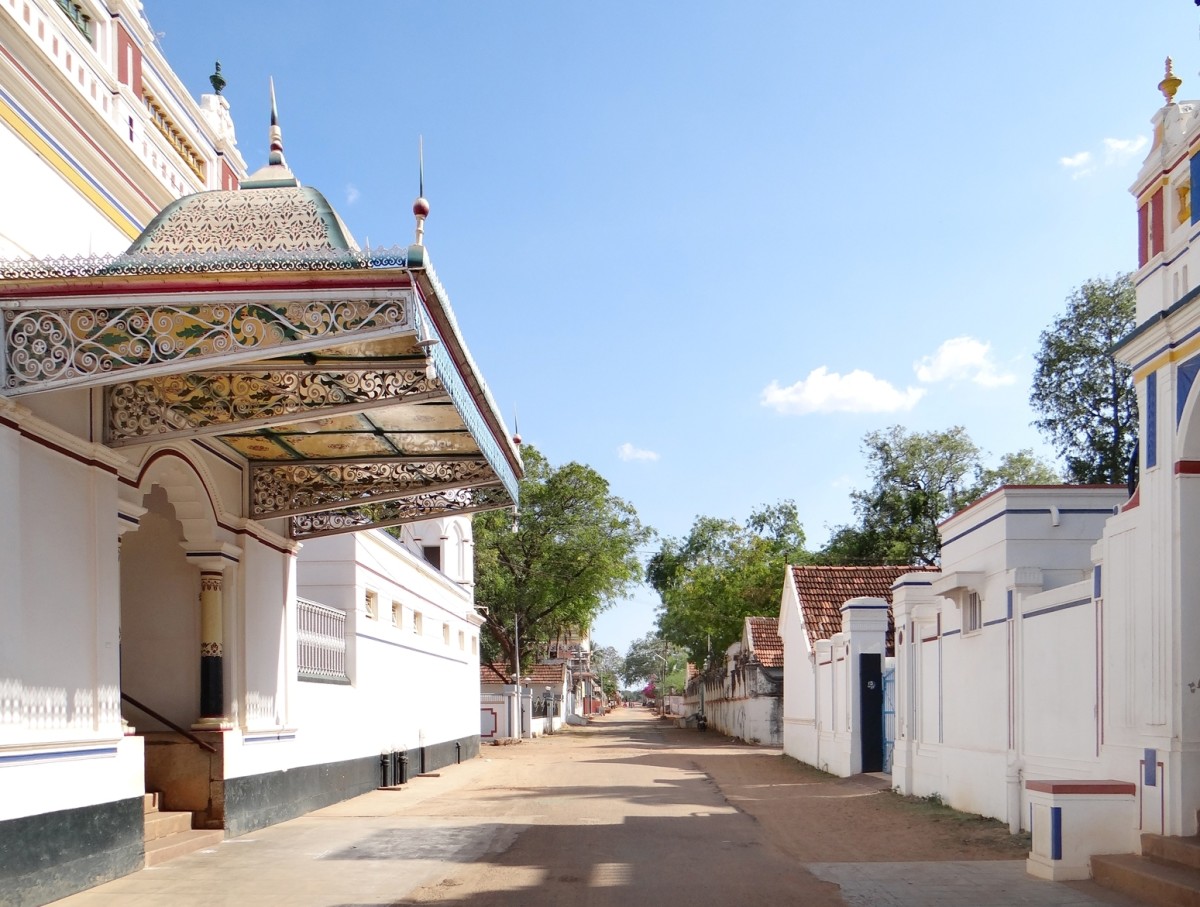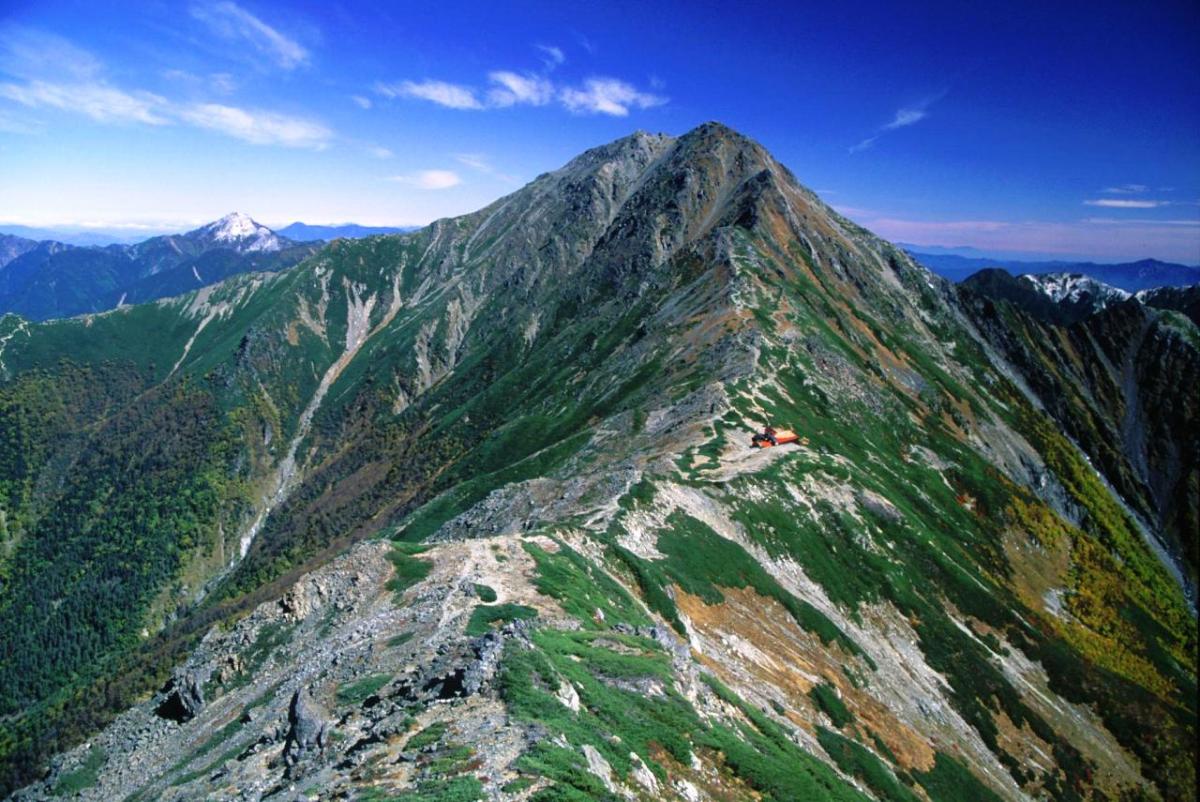Rambling Round a Forest Fringe
Jamuntola is a typical one-horse, many-cattle Indian village nestling on the border of the Kanha National Park. A well-kept jungle road skirts along a sal forest, bumps across the bed of the Banjar Nadi and wends its way past the village to Thakur’s home. The river has been dry for the past few months. Its huge boulders stand naked, awaiting the gush of the monsoon waters to embrace them. It has rained, unusually, during the “nau tappas” – the nine hottest days of summer and the sun is pleasantly strong.
Birendra Singh Thakur, as his proudly displayed certificate states, is a Bachelor of Arts from Allahabad University. He is employed as a Forest Guard at Kanha. A chance meeting has resulted in our being invited as his guests. If the name brings to mind a big, gun-toting, bristly-moustached character, our real life hero is quite the opposite. He is short, wiry and fair-skinned with eyes that twinkle with animation. As Ketan and I alight from the jeep, a welcoming smile lights up his face.
His abode consists of two rooms, a kitchen, a fenced-in courtyard and a verandah. Towering over the mud-thatch roof are fourteen different species of trees. Thakur rattles off their names with practiced ease. He hustles us through a steaming mug of tea to a pond nearby, anxious to fulfil his promise of showing us wildlife. On the far side, two Sarus cranes are visible, their grey bodies and maroon heads providing a perfect contrast. Thakur explains that not only is the Sarus India’s largest bird, it also occupies a proud place in jungle lore because of its legendary fidelity to its mate. In fact the Sarus’ attachment to its mate has been commented on even by Emperor Jahangir in his opus "Jahangirnama" .The sight of a pair of Saruses bowing and prancing, spreading and closing their wings, reminds one of a graceful polka dance. Our hopes of seeing like Noah, a procession of animals, is belied. Only the ubiquitous cheetal – the spotted deer, it seems is thirsty that evening. Thakur offers to accompany us again after dinner. We walk back in single file with Thakur reminiscing about life in the wilderness and childhood in his beloved Allahabad.
Dinner is everything one would expect a rustic meal to be. The rotis are large and thick, the dal and vegetable hot and spicy and the onions and green chillies pungent. Beyond the wooden fence the trees and bushes acquire ghostly dimensions. The moon has not yet risen and a gentle breeze has sprung. Burps done with, Thakur leads the way, torch in hand. Far away, a Sambar calls. There is no other sound except for the dry leaves crackling underfoot. Thakur cautions us to remain silent as we near the bund overlooking the pond. He trains the torchlight along the periphery of the water. Apart from the gently-swaying water-lillies, nothing disturbs the stillness. The beam moves further inland. No sign of life. Suddenly from out of the darkness, two shining eyes are reflected in the light. Except for the eyes, not even a dim form is distinguishable. My heart thumps – just a deer or could it be a tiger? The eyes are startling blue. They gaze into the light, turn away for a few seconds and then appear to move towards us. We continue to crouch behind Thakur who holds the torch unwaveringly focused on the eyes.
Suddenly, like a man possessed, Thakur screams, turns around arms flailing, and bolts. The beam weaves crazy patterns on the forest floor as Thakur’s yells shock us into action. We race after him. It is some moments before we realize that his cries are ‘ Reech, Reech ! Bhago ! Bhago !’ (Bear, Bear ! Run ,run!). This only spurs us onto greater speed and I quickly outstride Thakur as the dim glow from his hut becomes visible. Breathless, Thakur explains, whether for dramatic effect I don’t know, that the colour of the eyes and the animal’s movement towards us, are sure signs that it was a bear. He however hastens to reassure us that bears notwithstanding, there is no danger in sleeping in the courtyard. I look up at the star-laden sky and fall asleep thinking of the animals immortalized above by the ancients – Ursa, Taurus, Leo, Pegasus, Lupus ….. Bears and Bulls, Lions, Horses, Wolves ……
Morning breaks. ‘ Ku-sum-pa-kha, ku-sum-pa-kha’ – the haunting melody of the Kusumpakha awakens us. It is still early by city-dweller standards but the forest has been alive for some time. Small groups of tribals are busy collecting mahua flowers, tendu leaves and other forest produce from which they eke out a living. Mirror and shaving kit in hand, Ketan and I walk to the well a kilometre away. And while Ketan has a shave, mirror perched precariously among the branches of a tree, I pull a bucket of water from the well and dump it over my head.
We tumble into the jeep and decide to scour the countryside. A stream of villages with exotic names pass by – Khursitola, Sarekha, Chargaon, Kumadehi. The previous day’s weather is now a memory and as midday approaches, the heat builds up relentlessly. Thakur motions us to stop as we cross a small thatch-roof hut protected from the sun by the shade of a huge mango tree. Inside is the local hooch shop. A grizzled old woman who is proprietress, barmaid and bouncer all rolled into one, welcomes us warmly. We are given pride of place – an ancient looking ‘khatia’ that probably shares birthdays with the woman.
Thakur indulges in light-hearted banter. The woman asks what we would like to drink. The choice of poisons is clear – the starchy, colourless liquid distilled from the flowers of the mahua tree or the milky trappings of the sulfi tree. The latter should be drunk early in the morning as fermentation sets in by midday. So we settle for the mahua. It is common knowledge that bears are partial to the mahua flower, seeking them out with the all the single-minded dedication of a red-nosed tippler weaving his way through the bars of London. Thakur recalls an old tribal belief regarding the sulfi tree – that only one person should do the tapping and if someone else does, the tree dies prematurely. Each tree is therefore zealously guarded and tapping rights strictly enforced. The woman passes round a dried peepul leaf on which rock salt and crushed green chillies are kept. Caviar may go well with champagne, but there is nothing to beat desi sharab and mixture.
Two starchy rounds later, and the world starts looking a decidedly better place. We wisely refuse a third, realizing that it is time to be moving if we want to reach Jabalpur before dark. Thakur appears sad that we have not seen a tiger in the heart of Kipling’s India. But as with all wildlife viewing, the reward lies not so much in the quantum and variety of wildlife seen as in the totality of the experience. It can be as exciting learning about an anthill’s intricate ventilation system as in coming face to face with a tiger in the wild. And for us, the memories – of an encounter with a bear, of warmth and friendship and sharing – will remain forever fresh. But Thakur’s wistful eyes do not seem to understand as we say goodbye.
GLOSSARY
Nadi - River
Roti - Indian bread
Dal - Lentils
Sambar - a species of Deer
Kusumpakha - local name for a particular bird species
Khatia - a rudimentary bed with a wooden frame held together by a thick rope
Desi Sharab - locally distilled Indian liquor
Mixture - an accompaniment to be eaten with Indian liquor

